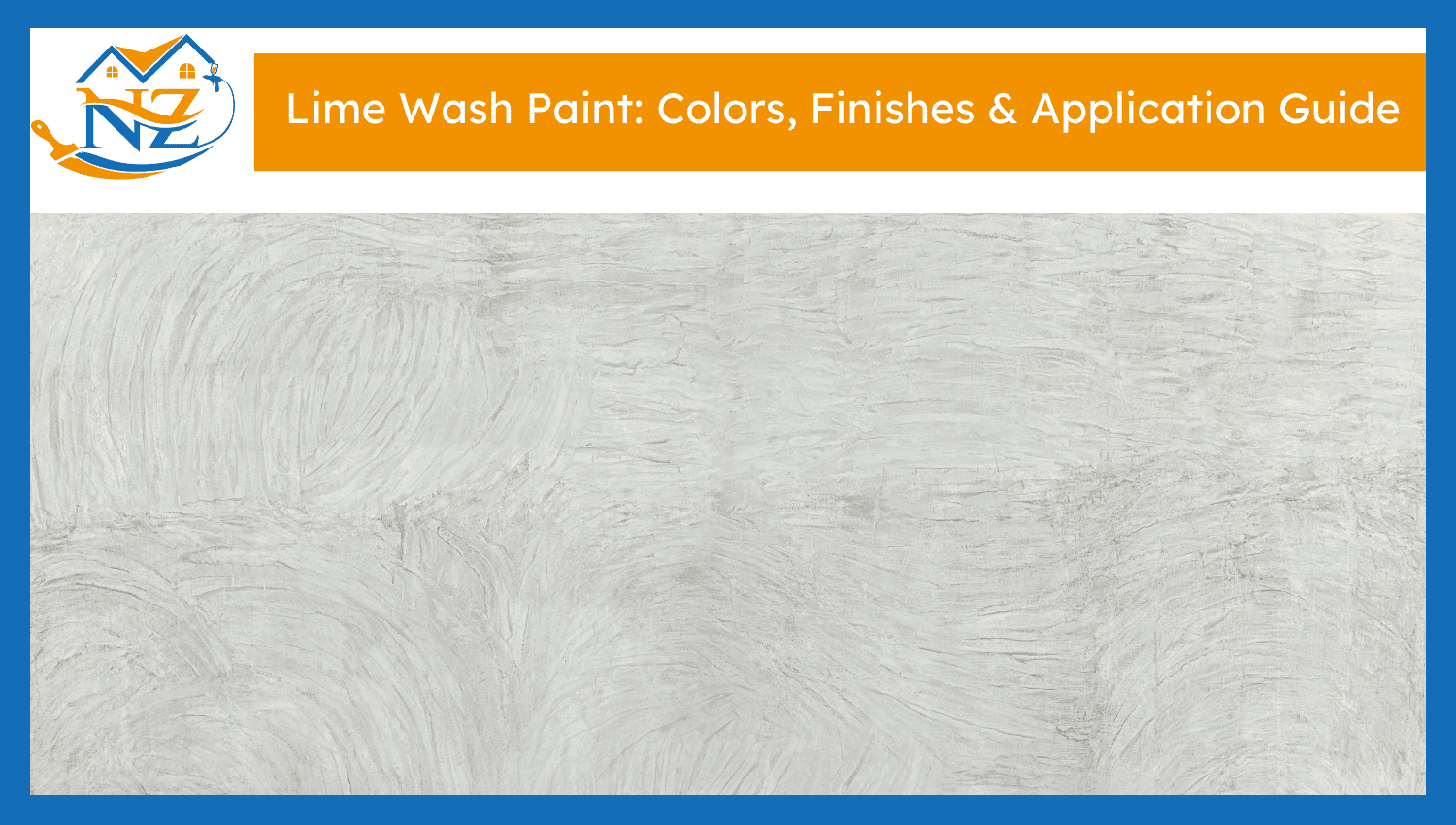

Limewash paint is prepared from crushed limestone, slaked and mixed with water to form lime putty. It is then combined with natural pigments to produce the desired color in the limewash paint. Limewash contains only natural ingredients, which makes it more eco-friendly than regular paint without any artificial solvents. Limewash is preferable for porous substrates like brick, lime plaster, and lime render because it absorbs into the exterior and provides a breathable finish.
Here are the key properties of lime wash paint:
| Property | Description |
|---|---|
| Base Material | Slaked lime (calcium hydroxide) mixed with water and natural pigments |
| Finish | Matte, chalky, and slightly mottled appearance |
| Breathability | Highly breathable; allows moisture to escape from walls |
| Adhesion | Excellent on porous surfaces (stone, brick, lime plaster); poor on sealed walls |
| Durability | Moderate; weathers naturally and develops patina over time |
| Color Options | Subtle, earthy tones made with natural mineral pigments |
| Eco-Friendliness | 100% natural, biodegradable, and non-toxic |
| Anti-Microbial | Naturally resistant to mold and bacteria due to high alkalinity |
| Drying Time | Touch dry in 2–4 hours; cures fully over several days |
| Application | Requires multiple thin coats; best applied with block brush |
| Coverage | ~4–6 m²/litre per coat (depends on surface porosity) |
| Recoat Time | 12–24 hours between coats |
| Sheen Level | Flat (non-reflective) |
| Maintenance | Needs periodic refreshing; not scrub-resistant |
The steps listed below help you apply lime-based paint correctly.
The surface needs to be clean and free of any debris, oil, loose particles, or contamination that would hinder the Lime Wash sealer from penetrating and sticking.
Limewash paint penetrates the surface of porous materials, leaving a matte, textured for bricks or previously limewashed surfaces to breathe. Unlike regular paint, it does not leave a thick, synthetic layer on walls. Instead, it works with the brick’s natural texture, emphasizing its irregularities and patterns. Limewash also creates a perfect wood finish. It absorbs into the wood, preserving its natural contour, as opposed to traditional paint, which covers the wood with a topical plastic wrap up.
You can make the illusion of a lime wash by mixing chalk paint or flat emulsion with just a bit of glaze. A sponge or textured brush stroke is used to mimic the gentle movement and tonal variation for a natural touch. Although it won’t breathe like limewash, it is an attractive option for sealed walls or rentals.
Limewash is safe for use indoors or outdoors, and it works best on porous surfaces such as stone, plaster, brick, and masonry.
Interior Limewash paint gives a cloud-like texture to walls and ceilings in cozy or minimalist rooms. It controls humidity, which prevents mold and mildew and improves air quality.
Limewash looks wonderful on exterior surfaces such as bricks, render, stone, and marble. It is less likely to peel or become trapped in moisture than synthetic paints. This paint is rain-resistant after 45 hours of application and holds up well in dynamic weather conditions.
Fill a bucket about a third full with water, then add the hydrated lime powder. Mix the powder and water together with a hand whisk or a powdered stirring bit until the mixture has a damp, putty consistency similar to cream cheese.
Yes, limewash can be applied over latex paint, but the surface must be clean and properly prepared for best results.
The cost of lime washing interior walls ranges from $1.50 to $6 per square foot. Your room’s size is the main factor, influencing the cost.
Applying Venetian plaster requires layering and burnishing to attain its distinctive sheen. Limewash is a mild and breathable paint that absorbs into surfaces naturally.
Add an equal amount of water and white vinegar in a spray bottle. Spray the solution on the limewash and let it sit for 10-15 minutes. Then, remove with a damp cloth.